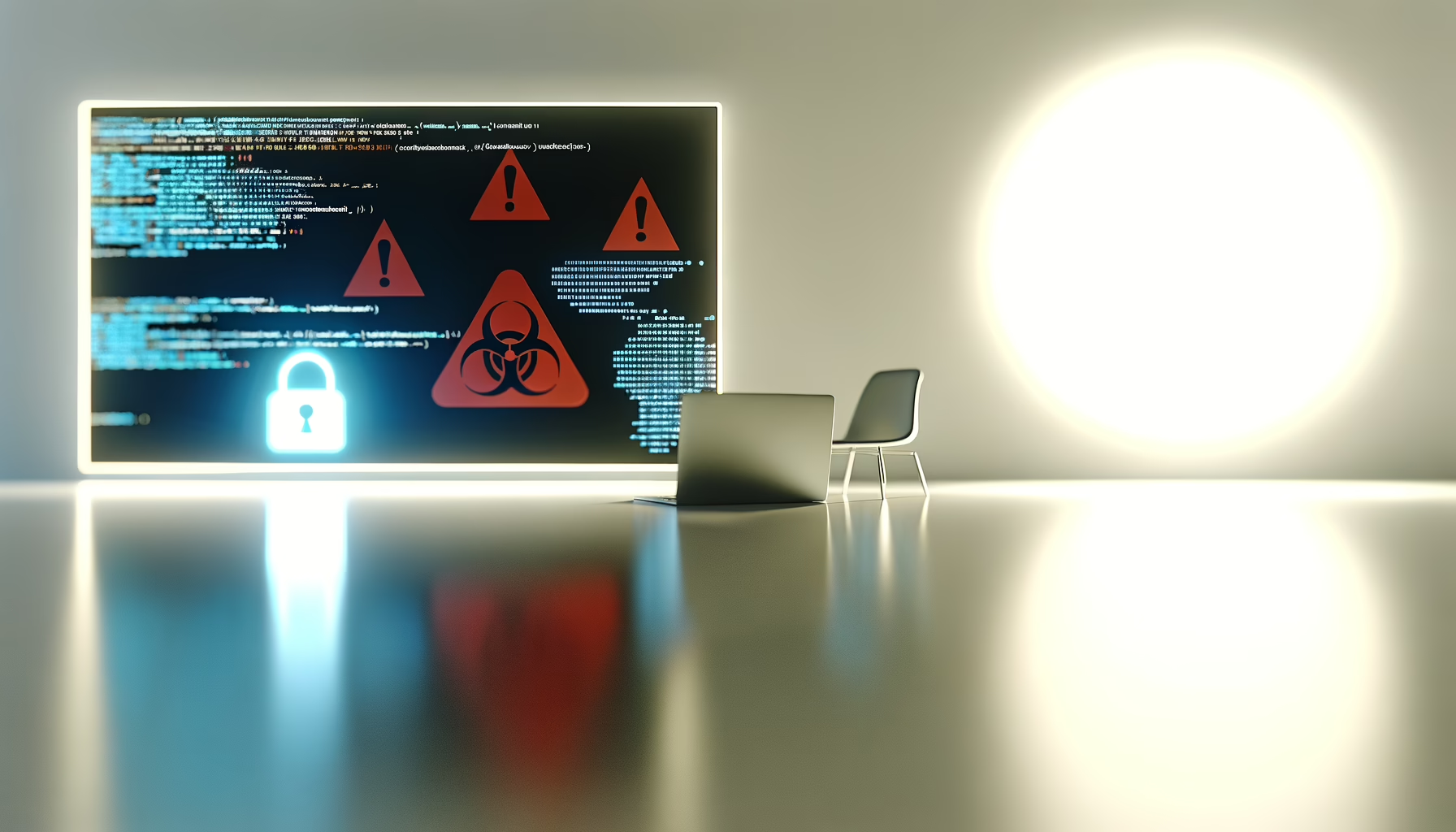As we plunge further into the digital age, one might wonder: how many cyber threats can we keep up with? It’s as if cybercriminals are holding a never-ending innovation festival, and everyone’s invited—against their will, I might add. With news of malware attacks growing more creative and sophisticated, we need to keep our eyes peeled, especially as various sectors fall prey to these machinations. Buckle up; we’re about to dive into the murky waters of emerging malware threats.
The Real Problem
If it feels like malware is evolving at the speed of light, that’s because it is. According to the 2025 Crypto Crime Report, ransomware is an all-time high and has seen a staggering 58% increase in frequency just in the first half of 2024 alone. The payment demands are becoming outrageous, too—with averages now surpassing $5.2 million. This escalation isn’t merely a trend but a clear indication that cybercriminals are sharpening their tactics, rolling out more effective Ransomware-as-a-Service (RaaS) models, and pocketing billions while we fumble for our cyber defences.
The landscape is also expanding. While ransomware gets its fair share of propaganda, malware targeting Internet of Things (IoT) devices is quietly ramping up. Enter PumaBot, a new botnet that targets IoT surveillance devices. It doesn’t rely on scanning the internet; instead, it gets target IP addresses from a command-and-control server, employing brute-force attacks to gain access. In the grand chess game that is cybersecurity, it appears the rook is swiftly taking the pawn.
The Rise of IoT Attacks
Organizations are increasingly integrating IoT devices into their infrastructure, but this convenience brings risks. Darktrace has outlined that PumaBot, in its clever orchestration, executes remote commands and maintains a level of persistence that would impress even the most tenacious door-to-door salesperson. By masquerading as legitimate system files, it effectively evades detection. Traditional cybersecurity measures are often caught napping, unprepared for the complexities of this new foe.
This can lead to catastrophic impacts. IoT vulnerabilities are exploited primarily through login attempts, leaving companies scrambling to patch the ever-growing list of vulnerabilities in their flair for connectivity. To stay ahead, businesses must adopt strict monitoring protocols. Consider this: if you’re not tracking abnormal SSH activity or auditing your systemd services, you’re essentially putting up a neon sign that says, “Please hack me.”
The Financial Sector Under Siege
The Lazarus Group is once again back in the spotlight, this time focusing on financial and tech professionals. These seasoned hackers have been busy innovating as well, utilising advanced malware to target institutions. The sophistication of their tactics mirrors that of the instruments used in modern financial transactions—swift, precise, and disconcertingly effective.
The fallout of such malware attacks isn’t just financial; it’s a reputation gamble for companies involved. Privacy breaches can lead to significant losses, and regulatory penalties can pile on in a hurry. Companies must critically examine their cybersecurity protocols, understanding that an ounce of prevention is worth considerably more than a hefty ransom payment—though securing the preventive measures can feel like a hefty investment upfront.
What No One Talks About
Generative AI is making its rounds, but not in the way we might have hoped. According to recent findings, adversaries are increasingly using AI to refine their social engineering tactics, adding yet another layer of complexity to the already bewildering cyber risk landscape. Picture a cybercriminal leveraging AI to create convincing phishing emails that stand apart from the garden-variety spam we all receive. It’s like upgrading from a rusty bicycle to a sleek, high-powered motorbike.
With such advancements, organisations must be more vigilant than ever. Cybersecurity needs to transform; it’s not enough to simply upgrade firewalls or increase employee training. A comprehensive approach tailored to anticipate and counteract these evolving threats is key. The cyber arena is a war zone, and the enemy has reinforcements.
Final Thoughts
So, what can we take away from this ever-evolving battlefield of malware? Staying informed is just the starting point. Ensuring your organisation is equipped with forward-thinking security measures, that span across networks, cloud servicing, and investment in AI-driven cybersecurity products might be the best play. As we’ve seen with the likes of PumaBot and the Lazarus Group, the days of static security measures are long gone.
Going forward, it’s about more than just plugging leaks; it’s about being proactive, not reactive. In this arms race, knowledge is your most potent weapon.






